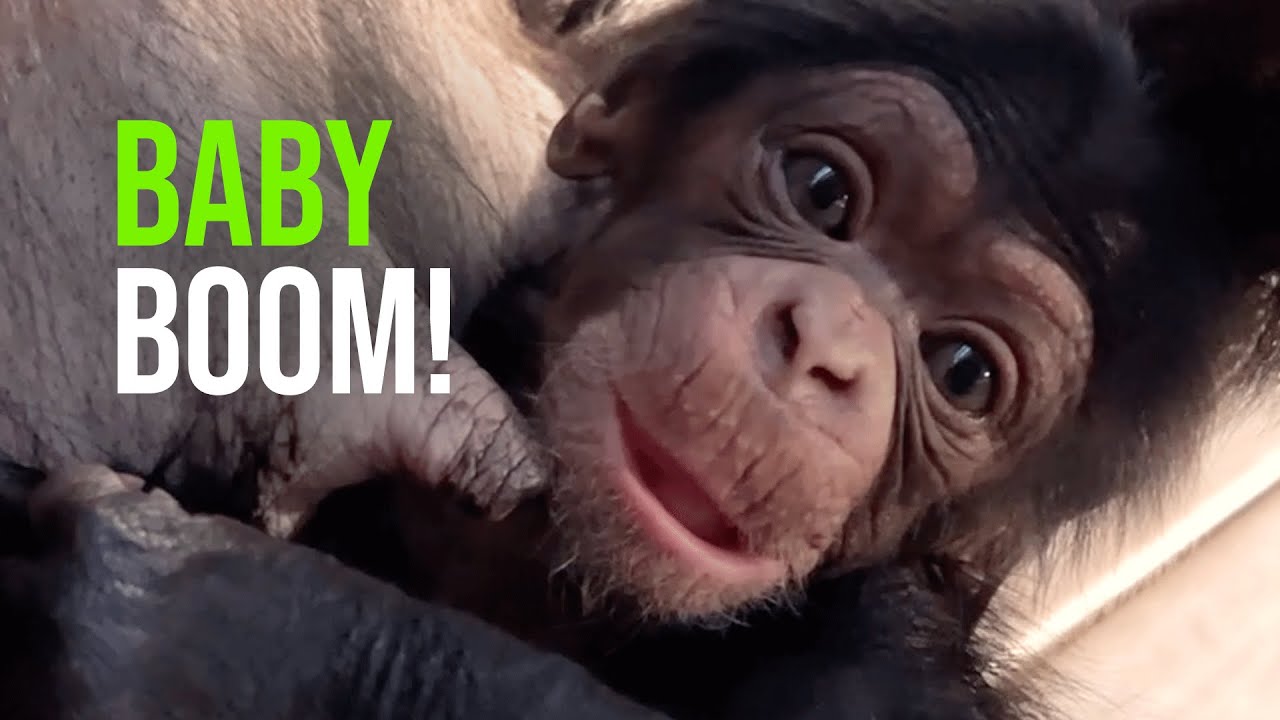- Introduction to the New Babies at Copenhagen Zoo
- Species Diversity and Conservation Efforts
- Zoological Management Practices in Care and Nurturing
- Environmental and Behavioral Enrichment for Young Animals
- The Role of Public Engagement and Education in Zoo Conservation
As we delve into the delightful world of Copenhagen Zoo, an exciting phenomenon is unfolding—the arrival of new, adorable baby animals. These latest additions represent a larger narrative of biodiversity preservation, successful breeding programs, and robust zoological management practices. With a precise mix of scientific rigor and public engagement, Copenhagen Zoo demonstrates its ongoing commitment to wildlife conservation and education.
The New Babies at Copenhagen Zoo have captivated both visitors and wildlife enthusiasts globally. These new arrivals include a myriad of species, each contributing to the zoo’s mission of promoting genetic diversity and species survival. The meticulous process of welcoming these young animals involves rigorous planning and adherence to best-practice standards in zoological management.
Veterinarian Dr. Kirsten Lange provides insights into the careful monitoring and round-the-clock care administered to these babies. Newborns require constant hydration, nutrition-rich diets, and adequate warmth to thrive during their initial weeks. For instance, the baby giraffes need specific amounts of colostrum to build immunity, while tiger cubs benefit from a protein-enriched diet to support rapid growth.
Species Diversity and Conservation Efforts are central to Copenhagen Zoo’s ethos. The zoo’s breeding programs aim to counter the threats of habitat loss, poaching, and climate change faced by many wildlife populations. Take the critically endangered western lowland gorillas, for example. The successful birth of baby gorillas within the zoo raises not only chances for rewilding efforts but also serves to educate the public on the importance of gorilla habitats in Africa.
In another instance, the birth of Amur leopard cubs indicates progress in one of the world’s most endangered big cat populations. Copenhagen Zoo participates in the European Endangered Species Program (EEP), which coordinates breeding efforts to maintain a healthy, genetically diverse population of animals across European zoos. These programs underscore the critical role of controlled captivity in bolstering species numbers.
Zoological Management Practices in Care and Nurturing guarantee the well-being and health of these animals. Newborns undergo thorough veterinary checks and are monitored for signs of developmental anomalies. Zookeepers employ advanced nutritional science to tailor feeding regimens appropriate for each species. Using naturalistic enclosures, they create environments that replicate the babies’ native habitats, thereby fostering instinctual behaviors.
For animals like orangutans and chimpanzees, social structures play a significant role in their development. The presence of conspecifics—members of the same species—ensures that young primates learn critical social and survival skills. Enclosures designed with trees, ropes, and varied vegetation encourage climbing and foraging, which are essential to their physical and cognitive development.
Environmental and Behavioral Enrichment for Young Animals is a pivotal aspect of their upbringing. To cater to the developmental needs of these animals, Copenhagen Zoo integrates a variety of enrichment techniques. Enrichment activities such as puzzle feeders, scent trails, and interactive toys help stimulate the animals mentally and physically. These activities are key in preventing behavior abnormalities that can arise from the monotony of captivity.
For instance, young elephants engage in activities involving large toys, mud baths, and complex feeding mechanisms that promote their natural behaviors like foraging and problem-solving. Similarly, young birds are encouraged through flight training and foraging tasks, enhancing their motor skills and cognitive health. The use of such enrichment strategies reflects the zoo’s commitment to enhancing the quality of life for its inhabitants.
The Role of Public Engagement and Education in Zoo Conservation cannot be overstated. Zoos serve as vital platforms for educating the public about wildlife conservation. Copenhagen Zoo takes a proactive approach by incorporating educational programs and interactive exhibits that engage visitors of all ages. The baby animals often serve as ambassadors, drawing attention to larger conservation issues and encouraging public involvement.
Educational outreach includes guided tours, informational signage, workshops, and digital content. The incorporation of technology, such as augmented reality and interactive touchscreens, provides immersive learning experiences for visitors. Programs tailored for school groups and families not only foster a love for animals but also instill a strong conservation ethic among the younger generation.
Additionally, Copenhagen Zoo collaborates with international conservation organizations to conduct research and field projects aimed at preserving wild populations and their habitats. By showcasing successful breeding and rewilding programs, the zoo highlights the tangible impact of conservation efforts, inspiring broader community support and global initiatives.
In documenting the journey of these New Babies at Copenhagen Zoo, it becomes evident that the zoo operates at the intersection of science, education, and conservation. The arrival of these adorable young animals underscores the critical need for species preservation amid the growing challenges of our time. Through comprehensive care, advanced enrichment, and public education, Copenhagen Zoo continues to play a pivotal role in safeguarding our planet’s invaluable wildlife for future generations.
*****
Source Description
@CopenhagenZooTV
On December 27th, Cindy gave birth to a perfect baby! This is her 6th child over the 20 years she has lived at the zoo, making her quite an experienced mother.
Copenhagen also has three little lion cubs! They came into the world on December 1st. Like most other cubs, they are very vulnerable in the first few weeks of their lives, so the family had total peace inside the barn.
Visitors will have to wait for the warmer months to see the family out on exhibit, but look out for plenty of video updates from the zoo.
On November 12, ZOO’s female anteater gave birth to a pup as well. It was against all odds for three reasons.
1. The mother is a full 21 years old – and anteaters usually live between 20-25 years.
2. The zoo didn’t think the mother and father were getting along. Obviously they endured each other long enough to produce a baby!
3. It had been 10 years since Copenhagen last had a pup survive beyond the first day.
Video credit: @copenhagenzoo / @copenhagenzootv (YouTube)


